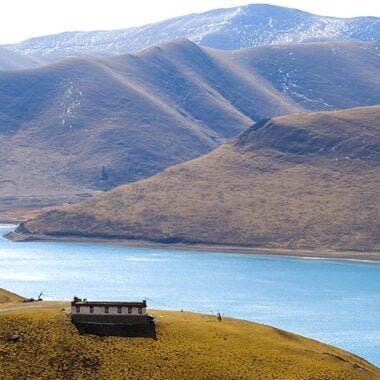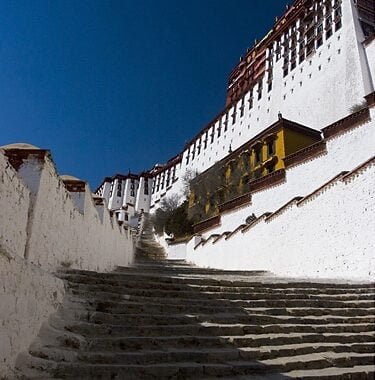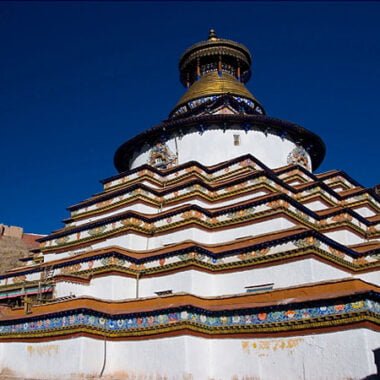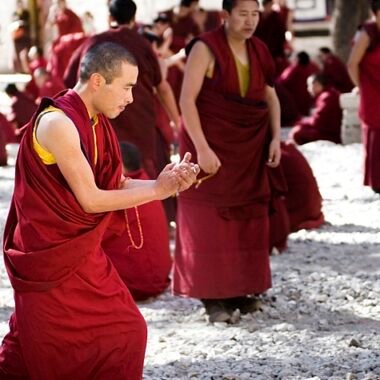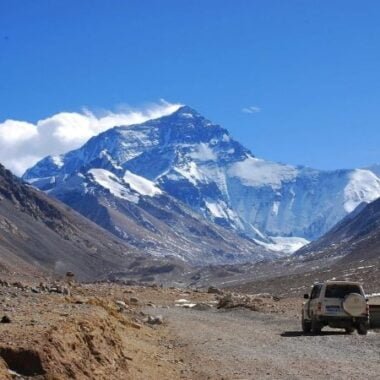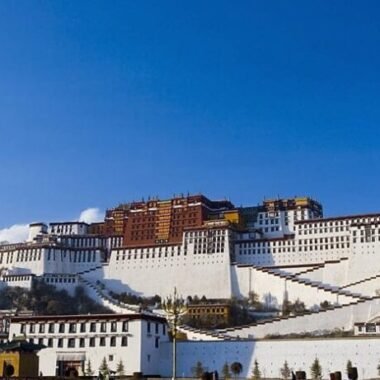Major Festivals in Tibet: A Cultural Journey in 2025
Tibet, known for its unique culture and deep-rooted spiritual practices, is home to several colorful festivals throughout the year. These festivals offer…
Tibet, known for its unique culture and deep-rooted spiritual practices, is home to several colorful festivals throughout the year. These festivals offer travelers an incredible opportunity to experience Tibetan traditions, rituals, and celebrations. Below, we introduce the major festivals celebrated in Tibet, along with their Tibetan lunar calendar dates and the corresponding Gregorian (solar) calendar dates for 2025 (please check with us for any updates). This will help you plan your visit if you’re looking to immerse yourself in the rich cultural tapestry of Tibet.
1. Losar (Tibetan New Year)
- Tibetan Lunar Date: 1st day of the 1st month
- Gregorian Date for 2025: February 28, 2025
Losar is the most important festival in Tibet, marking the Tibetan New Year. It is a time for family reunions, honoring deities, and seeking blessings for the year ahead. The celebrations last for several days, filled with prayers, rituals, traditional dances, and the preparation of special foods like guthuk (a traditional soup). Tibetan New Year is celebrated with vibrant ceremonies, especially in Lhasa and other major towns, where people dress in colorful costumes, perform traditional dances, and offer prayers to purify the coming year.
2. Saga Dawa
- Tibetan Lunar Date: 15th day of the 4th month
- Gregorian Date for 2025: June 11, 2025
Saga Dawa is one of the most significant spiritual events for Tibetans, as it marks the birth, enlightenment, and death of the Buddha. Pilgrims from all over Tibet gather in sacred sites such as Lhasa’s Jokhang Temple and Mount Kailash to make offerings and prayers. On this day, Tibetans believe that good deeds performed are multiplied many times over. The month of Saga Dawa is considered the holiest time of the year, with a special emphasis on spiritual practices, including fasting, meditation, and making pilgrimages.
3. Shoton Festival
- Tibetan Lunar Date: 1st day of the 6th month
- Gregorian Date for 2025: August 23, 2025
Shoton, meaning “yogurt festival,” is a lively celebration marking the end of the Buddhist monks’ summer meditation retreat. The highlight of the festival in Lhasa is the display of the giant Thangka (religious scroll painting) at the Drepung Monastery. Locals and visitors also enjoy traditional Tibetan opera performances, colorful parades, and, of course, the consumption of yogurt. It is a festive period that blends Tibetan Buddhism with cultural and folk traditions.
4. Lhabab Düchen
- Tibetan Lunar Date: 22nd day of the 9th month
- Gregorian Date for 2025: November 11, 2025
Lhabab Düchen commemorates the day when the Buddha descended from the heavenly realm of the Trayastrimsha to Earth, after teaching his mother the Dharma. This day is celebrated with religious rituals, including the circumambulation of sacred sites and making offerings at monasteries and temples. Tibetans believe that good deeds performed on this day are multiplied, so many choose to make pilgrimages or engage in charity.
5. Chhewar (Monlam Prayer Festival)
- Tibetan Lunar Date: 4th day of the 1st month
- Gregorian Date for 2025: March 3, 2025
The Monlam Prayer Festival, or Chhewar, is a significant religious festival dedicated to prayer and offerings for peace and well-being. It is one of the major prayer festivals in Tibet and sees the participation of monks and laypeople alike. Pilgrims gather at the Jokhang Temple in Lhasa, and prayers are recited for the welfare of the world. This event is particularly important for those who follow the Tibetan Buddhist faith, offering an opportunity to engage in prayer, reflection, and spiritual devotion.
6. Tibetan Butter Lamp Festival
- Tibetan Lunar Date: 15th day of the 1st month
- Gregorian Date for 2025: March 14, 2025
On the full moon day of the 1st month, Tibetans celebrate the Butter Lamp Festival by lighting thousands of butter lamps. The festival is a time to make offerings to the Buddha and engage in acts of merit-making. The display of the butter lamps symbolizes the dispelling of darkness and the spreading of wisdom. Monasteries and temples across Tibet are beautifully illuminated, creating a serene and spiritual atmosphere.
Conclusion
These festivals offer a unique window into the spiritual and cultural life of Tibet. If you are planning a visit to Tibet in 2025 and want to experience its festivals, make sure to plan your journey around these dates. The celebrations are a perfect way to gain a deeper understanding of the Tibetan way of life, connect with local communities, and witness the deep spiritual devotion that defines the region.
Whether you are attending the grand Losar festivities or participating in the quiet spiritual offerings of Saga Dawa or Lhabab Düchen, each festival provides a chance to explore the heart of Tibetan culture.
Popular Cultural Tours in Tibet
Festival sightseeing can be arranged during your visit in the festival time. Please check with us for more details!

